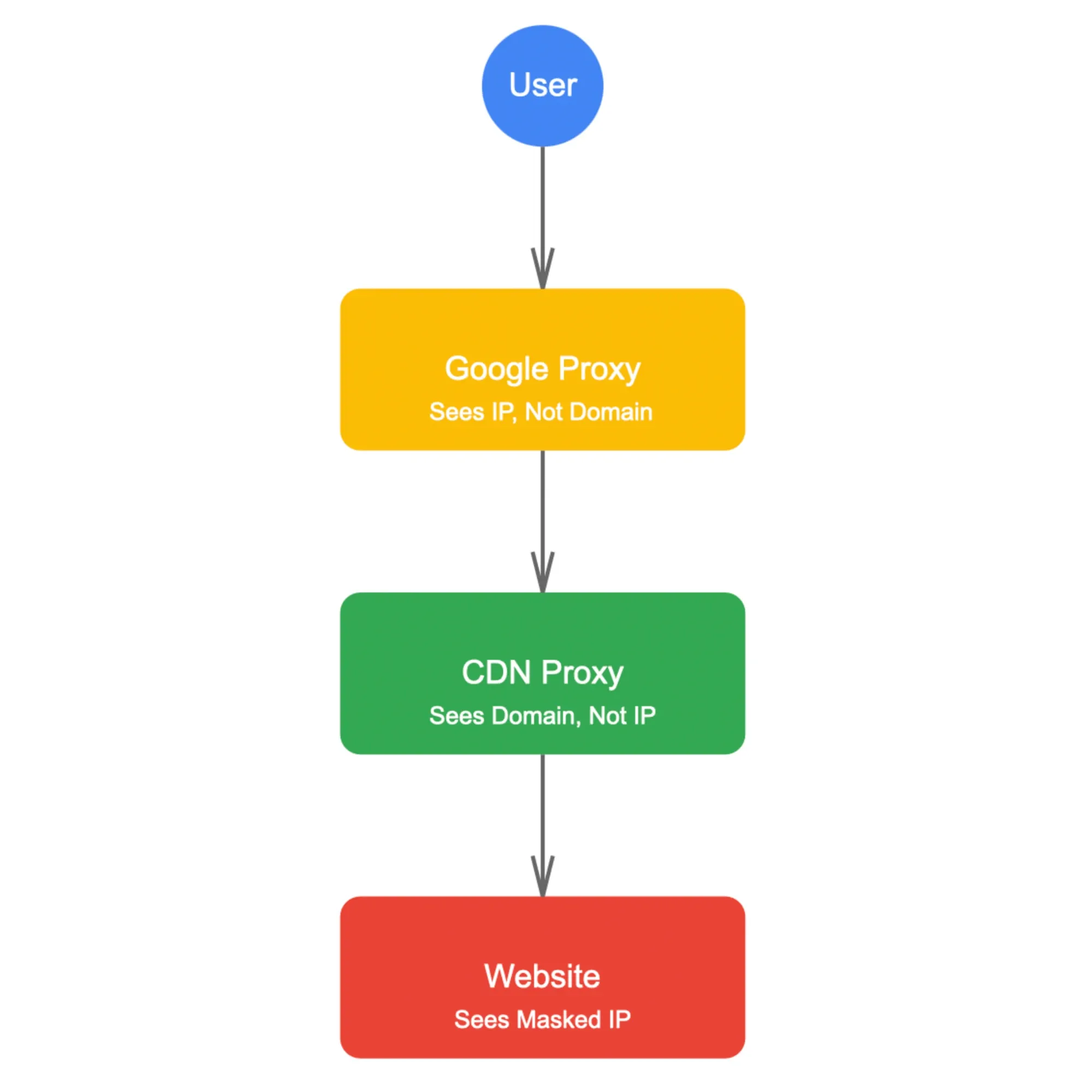Google Chrome introduces IP address protection for private browsing
Google Chrome will mask IP addresses in Incognito mode starting May 2025, limiting third-party tracking while preserving essential services.

According to documents published by Google Chrome on GitHub, Google plans to introduce IP Protection, a new privacy feature that will mask users' IP addresses when browsing in Incognito mode starting May 2025. The announcement marks a significant development in online privacy protection, balancing user privacy with essential web functionality.
The technology employs a two-hop proxy system to prevent third-party tracking while maintaining critical services like fraud prevention. According to the technical documentation, the system routes connections through two separate proxy servers - one operated by Google and another by external Content Delivery Networks (CDNs).
Achim Schlosser, VP Global Data Standards at Bertelsmann, notes in a LinkedIn discussion that the implementation closely mirrors Safari's approach, though it differs in using Disconnect.me rather than DuckDuckGo as the base blocklist provider.
The system's architecture ensures that no single entity can access both a user's original IP address and their browsing destinations. Google's proxy can only see the user's IP address but not the destination domain, while the CDN proxy sees the destination domain but not the original IP address.
For the feature to function, users must be signed into their Google account before opening an Incognito window. However, through a specialized authentication system using RSA blind signatures, the proxies cannot link the traffic they handle to specific user accounts.
The protection applies selectively to domains on a Masked Domain List (MDL) when they appear in third-party contexts. According to the documentation, domains qualify for the MDL if they serve ads, conduct ad targeting, measure ad effectiveness, or collect user data for advertising and marketing purposes.
The feature includes several anti-fraud measures:
- Rate limiting on proxy access
- Restrictions on authentication token issuance
- A reporting system for fraudulent behavior
- Probabilistic Reveal Tokens allowing sites to access a small random sample of original IP addresses
For enterprise deployments, organizations can enable IP Protection, though it remains disabled by default. The feature will initially launch in select regions before expanding globally.
Will Harmer, Chief Product Officer at Utiq, noted that while this change doesn't eliminate fingerprinting completely, it makes the practice significantly less scalable by requiring domain-by-domain configuration and increasing publisher involvement.
Timeline of key developments
- February 12, 2025: Google publishes detailed implementation plans
- February 14, 2025: Technical community begins reviewing proposal
- May 2025: Earliest planned launch date
- Post-launch: Phased rollout to additional regions
- Ongoing: Regular updates to Masked Domain List based on detection system and appeals
The introduction of IP Protection represents Chrome's latest effort to enhance privacy in its Incognito mode, following broader industry trends toward increased user privacy protections while maintaining essential web functionality.

